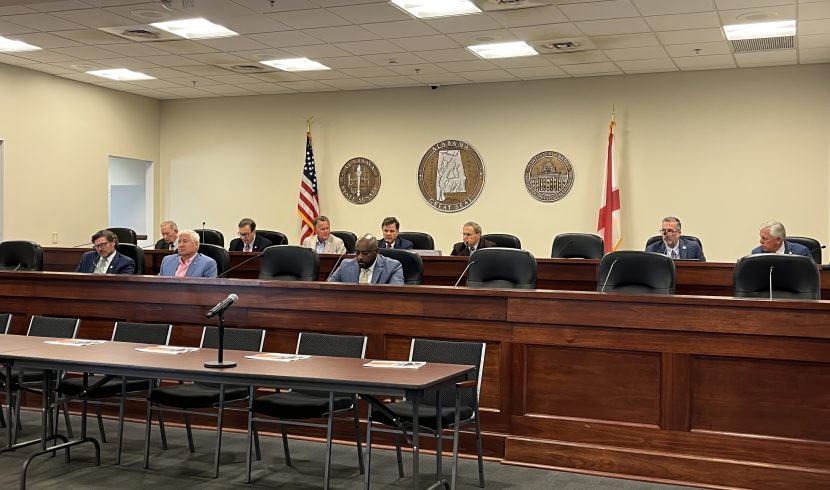There’s no way around it: The Church is shrinking, and it’s aging. And with the growing number of unchurched young people, churches may be inclined to think reaching them is a losing battle.
But it’s not so, said Kara Powell, Fuller Youth Institute executive director.
Churches are, in fact, doing it successfully, she said — and there are common reasons as to how and why.
She and co-authors Jake Mulder and Brad Griffin researched more than 250 congregations to write their recently released book, “Growing Young: 6 Essential Strategies to Help Young People Discover and Love Your Church.”
“When we spoke to more than 1,300 young churchgoers, ages 15 to 29, they told us what they want: authenticity and connection. In a word: warmth,” the three wrote in a joint column in The Washington Post. “[I]t turns out cool isn’t what young people want. Forget the rock-band vibe and the flashing lights. Warm is the new cool.”
Outlined strategies
During a recent interview with The Christian Post, Powell discussed the six strategies outlined in “Growing Young”:
1. Senior leadership that values and raises up young leaders will thrive.
Young people want to be led and learn how to lead, and if given the chance they will rise to the occasion, Powell said, according to The Christian Post.
2. Empathize with young people.
Successful congregations don’t fall into the trap of disparaging young adults as lazy or entitled, she said. What they do instead is walk alongside them as they find their purpose and along the way find that they are interested in a deeper faith.
3. Focusing on Jesus’ message is central.
“In an era of so much cultural shame and fear,” Powell told The Christian Post that churches that resonate with the young “were ruthless in preaching the love and grace of Jesus and helping young people live radically, motivated by the grace of Christ.”
4. Churches as “warm” communities.
Many a church spends time, effort and money on flashy services when what young people really want is a sense of authenticity and family, Powell and her co-authors wrote in The Washington Post.
‘Stronger variable’
“When we analyzed the terms that young adults used to describe the churches or parishes that they chose, we noticed repeated words: welcoming, accepting, belonging, authentic, hospitable and caring. We began to call this the ‘warmth cluster,’” they wrote in The Washington Post. “Across the board in statistical analyses, this warmth cluster emerged as a stronger variable than any ministry program. Ironically, it is possible that your church might be working against warmth by offering myriad programs. Busyness doesn’t equal warmth.”
And nice doesn’t cut it either, they wrote — young people want to feel like they’re part of a family.
5. Churches that are successful at reaching young people prioritize them everywhere.
The young people in any church aren’t the only people there, but it pays to be intentional about remembering to plug them in, Powell told The Christian Post. With any event, it helps to ask the question, “How does [activity xyz] relate to what God is doing in our young people?”
6. Churches that succeed with young people “neighbor” well.
Churches that are deeply committed to social justice are more effective with young people worldwide, Powell said. Those churches aren’t afraid to have conversations about the tough issues, like sexuality and race relations. They actively work to love their neighbors, she said.
For more information, visit churchesgrowing-
young.com. (TAB)






Share with others: